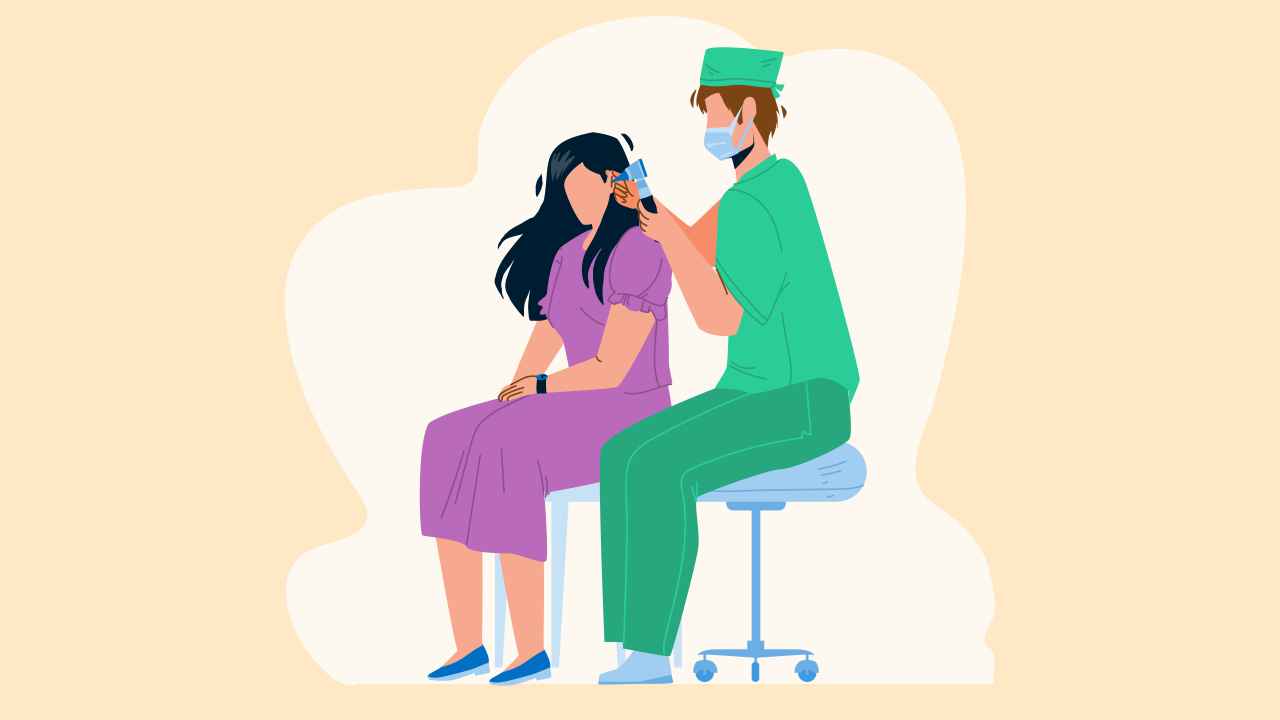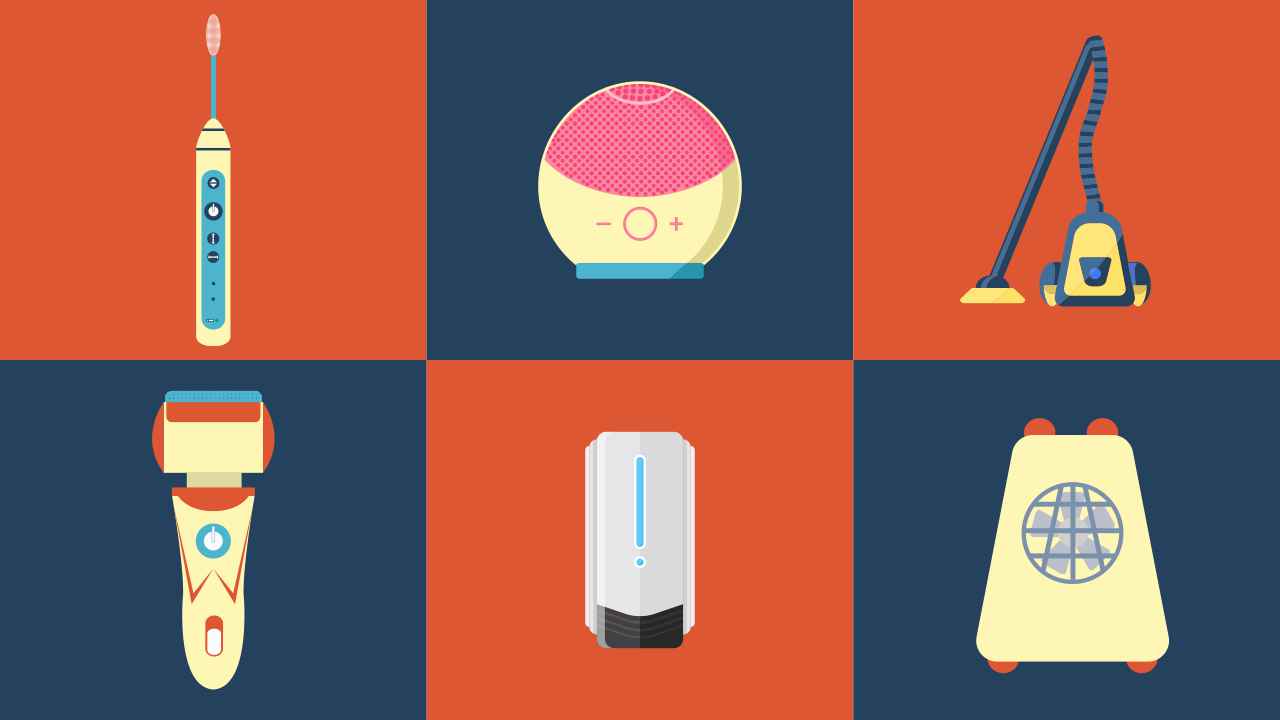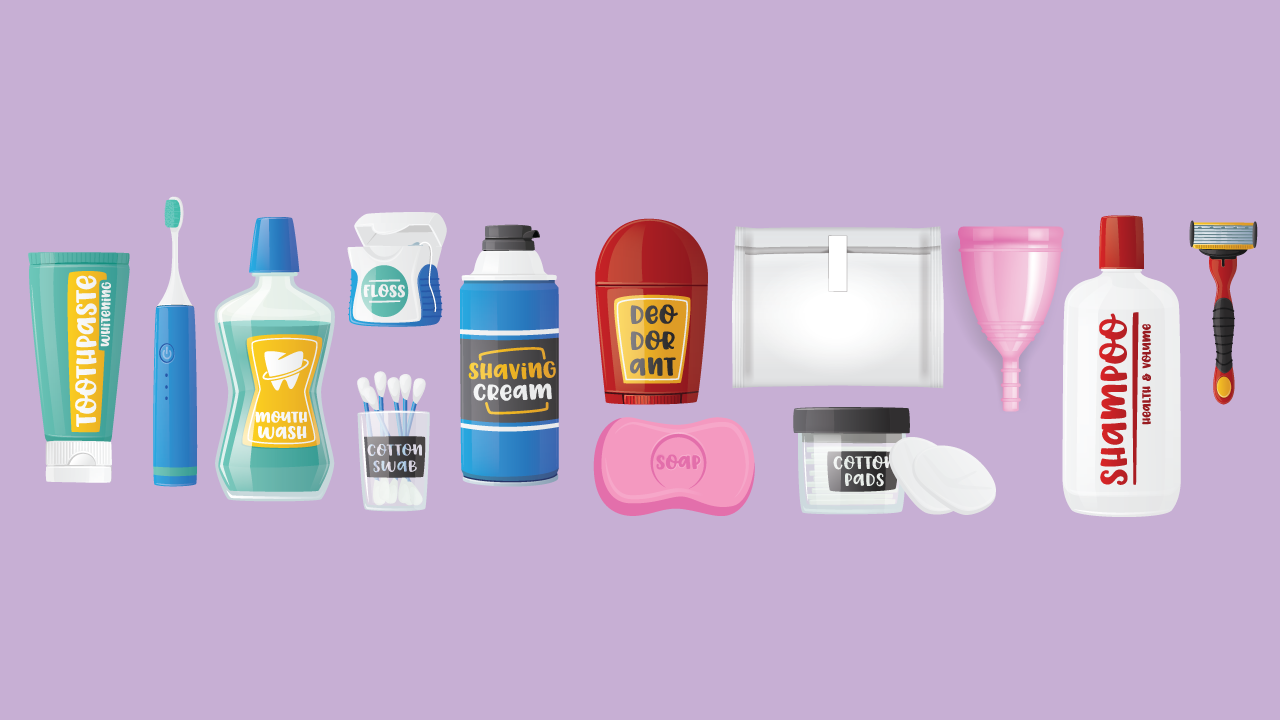
Are There Any Side-effects of Using a Hand Sanitizer?

‘Sanitizer’ has perhaps become one of the most used words since the inception of the COVID-19 pandemic. Researchers, doctors, and scientists around the world have emphasized the importance of using any sanitizer, which has an alcohol content of 60% or more, to stay protected from the deleterious effects of the virus.
Although sanitizers have proven their efficacy in preventing germs from spreading, they can potentially cause side-effects when used excessively or not utilized carefully. These aftereffects stem from the contents present in the sanitizer. So, here are a few possible adverse effects that can occur due to overuse or misuse of a sanitizer. Also, find out how you can prevent these outcomes.
Probable side-effects of overusing a hand sanitizer
The World Health Organization (WHO) recommends that for a hand sanitizer to be effective, it must contain either ethyl alcohol or isopropyl alcohol with at least 60% concentration to have the ability to kill germs. Additionally, as per WHO, your sanitizer must contain emollients to protect the skin from drying, polyacrylate to support the gel form, base to neutralize the effect of polyacrylate, and water to act as a carrier.
Conversely, there are non-alcohol-based sanitizers, which comprise antiseptics like hydrogen peroxide, iodine, triclosan, chlorhexidine, and quaternary ammonia. These ingredients, also present in alcohol-based sanitizers, can cause side effects. Generally, the symptoms are mild and do not need a doctor’s attention. Here are a few negative consequences of overusing a sanitizer.
1. Make your skin dry
Alcohol is a dehydrating agent as well as an effective antimicrobial agent. Excessive application of a sanitizer with a high concentration of alcohol can rip off the skin’s moisture, thanks to its low concentration of emollients. This results in dry, flaky skin, which is sensitive to touch. According to the American Academy of Dermatology Association, the chances of contracting microbes are higher when the skin is dry and cracked.
2. Trigger allergic reactions
The chemicals in the sanitizer, especially the ones used for fragrance and color, can cause allergic reactions. This is known as contact dermatitis. You may experience symptoms like redness, dryness, and itching. This may occur irrespective of whether you use a foam, liquid, or gel-based hand sanitizer.
3. Impact your health
Non-alcohol-based sanitizers contain an antiseptic agent called triclosan. Overexposure to this compound may disrupt natural hormone cycles and affect fertility and immunity. According to a study conducted by Marquette University in 2015, triclosan may also lead to antibiotic resistance. So, the Food and Drug Administration (FDA) banned its use in over-the-counter products.
Hydrogen peroxide is another antiseptic agent found in non-alcohol-based sanitizers, which can be corrosive on the skin. Also, excessive use of alcohol-based sanitizers may result in organ toxicity by absorption through the skin
Additionally, the FDA has noted people experiencing symptoms like nausea, headache, and dizziness after applying alcohol-based sanitizers. These symptoms are likely to have occurred because of vapors from the sanitizer in enclosed places.
4. Harmful if swallowed
A high concentration of alcohol is not good for the human body. The consumption of sanitizer may lead to alcohol poisoning, wherein an individual’s judgment gets hampered due to alcohol intoxication. A study reported that upon ingestion of alcohol-based sanitizers, children were diagnosed with apnea (cessation of breathing), acidosis (acid accumulation in body fluids), and some of them went into a coma. Additionally, a few kids developed a less-functioning liver, wherein the capacity to store glycogen had decreased, thereby leading to an increased risk of hypoglycemia (reduced blood sugar level). So, it is recommended to use sanitizers only for external use. Upon ingestion of sanitizers, never leave the person alone and contact the doctor immediately.
5. Cause eye inflammation
It is possible to accidentally touch your eyes with freshly sanitized hands. However, the high concentration of alcohol in the sanitizer may burn the eye’s outer layer. Usually, the damage heals, but you may experience temporary blurry vision, pain, swelling, stinging, redness, and trouble keeping the eye open. If the sanitizer gets into your eyes, immediately flush the eye with clean, room temperature water. You can do it by either gently pointing the faucet to your eye, splashing the water in it, or standing under the shower. Whichever method you adopt, ensure the water is not hot, or else it may cause further damage. Despite all this, if the pain does not subside, it is better to see a doctor.
Also read: Eye Health: Tips for Maintaining Good Vision
6. It may result in a fire hazard
Alcohol is highly inflammable with a flashpoint of 13°C. So, be careful to not indulge in any activities around any fire if you have applied sanitizer to your hands.
Preventive measures to avert side-effects
Here are a few precautionary tips to avoid the side-effects of overtly utilizing a hand sanitizer.
- Read the ingredients before purchasing the product
- Use soap and water to wash your hands as much as possible. Use a sanitizer only when soap and water are not an option
- Supervise children while they use a sanitizer
- Wait until your hands completely dry before touching your eyes and face after using the sanitizer
- Do not overuse the sanitizer. About two pumps from the dispenser are usually enough
- Use it only for external use
- Apply a moisturizer after the sanitizer has dried. This will prevent drying of the skin
Sanitizers, when used adequately in correct proportions, are beneficial and exhibit minimal risks. Remember, overdoing anything can be detrimental. Overuse of sanitizer can cause drying and cracking of the skin. So, prioritize washing your hands with soap and water instead of using a sanitizer. It is recommended to use a sanitizer only when a washbasin is inaccessible to you.
References
1. What Are the Side Effects of Using Hand Sanitizer? Healthline. https://www.healthline.com/health/side-effects-of-hand-sanitizer#side-effects-of-hand-sanitizer (accessed June 25, 2021).
2. Alcohol Sanitizer. StatPearls [Internet]. Treasure Island (FL): StatPearls Publishing, 2021 https://www.ncbi.nlm.nih.gov/books/NBK513254/%0A.
3. FDA warns that vapors from alcohol-based hand sanitizers can have side effects. FDA. https://www.fda.gov/drugs/drug-safety-and-availability/fda-warns-vapors-alcohol-based-hand-sanitizers-can-have-side-effects (accessed June 25, 2021).
4. Are there any side effects of using hand sanitizer? Health desk. https://health-desk.org/articles/are-there-any-side-effects-of-using-hand-sanitizer (accessed June 25, 2021).
5. Should I avoid products that contain triclosan? Mayo Clinic. https://www.mayoclinic.org/healthy-lifestyle/adult-health/expert-answers/triclosan/faq-20057861 (accessed June 25, 2021).
6. Dry Skin Relief From Covid-19 Handwashing. American Academy of Dermatology Association. https://www.aad.org/public/everyday-care/skin-care-basics/dry/coronavirus-handwashing (accessed June 25, 2021).
7. Mahmood A, Eqan M, Pervez S, et al. COVID-19 and frequent use of hand sanitizers; human health and environmental hazards by exposure pathways. Sci Total Environ 2020; 742: 140561.
8. Carey DE, McNamara PJ. The impact of triclosan on the spread of antibiotic resistance in the environment. Front Microbiol 2014; 5: 780.
9. What to Do If You Get Hand Sanitizer in Your Eyes. Healthline. https://www.healthline.com/health/hand-sanitizer-in-eye (accessed July 2, 2021).
10. Atolani O, Baker MT, Adeyemi OS, et al. COVID-19: Critical discussion on the applications and implications of chemicals in sanitizers and disinfectants. EXCLI J 2020; 19: 785–99.
11. Jing JLJ, Yi TP, Bose RJC, McCarthy JR, Tharmalingam N, Madheswaran T. Hand sanitizers: A review on formulation aspects, adverse effects, and regulations. Int J Environ Res Public Health 2020; 17. DOI:10.3390/ijerph17093326.














